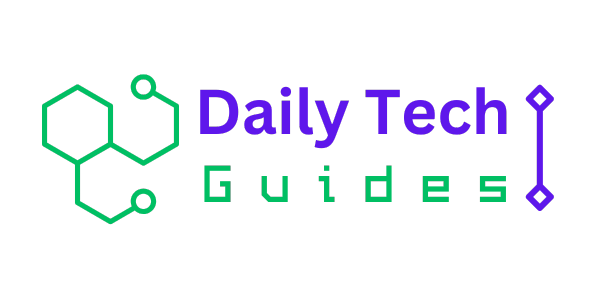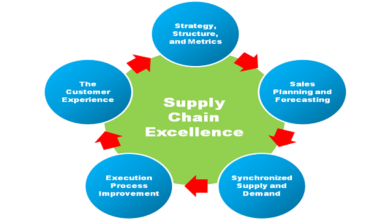
Service Supply Chains
Service SCM has become more important as the economies of most industrialized nations have become more service-oriented. For example, in the United States about 80% of all workers are currently employed in the service sector (Fitzsimmons & Fitzsimmons, 2001). In service industries, the process of “delivering the service” is the product. Service supply chains focus on managing the people, projects, clients, and other resources involved in delivering these services. Supply chain management in the service sector uses technology to streamline the delivery of services and optimize the use of the resources involved in the process.
AREAS OF TECHNOLOGY
The technologies used in SCM are somewhat fragmented. Although some companies have tried to be all-inclusive in handling the various technologies required, none have been especially successful. The trend has been to take a modularized implementation approach to these solution areas, often using software products from multiple vendors. Even when an all-inclusive integrated system is selected, it is most often implemented in a modular fashion. These multiple technologies are then assembled together, to form a complete SCM solution.
Design and Analysis
These technology packages include software to model and simulate the supply chain. Their purpose is to allow designers to build models of the supply chain and then simulate various activities and volume levels to determine how the modeled supply chain will perform. They are invaluable tools for predicting the performance of new supply chains and for assessing changes proposed for existing supply chains.
Simulation
Simulation of the supply chain is done using a computer model that is designed based on the characteristics of the real (or proposed) supply chain. It has the ability to generate random variations in the supply chain, just as events have a probability of occurring to a real supply chain.
Optimization
This group of technology products attempts to improve the performance of the supply chain by applying various optimization techniques to the activities associated with SCM. These techniques are applied in two major areas: in design and analysis activities to optimize the structure of the supply chain and in advanced planning & scheduling (APS) technologies to optimize the flow of product along the supply chain. These techniques include logic to recognize and deal with constraints that affect the execution of the supply chain and mathematical algorithms that search for optimized solutions based on the variables and constraints of the problem.
Active Collaboration
Technologies in this area focus on the communication and interaction of the various members of the supply chain. These tools go beyond traditional EDI software by allowing real-time communication and visibility of product levels and production schedules throughout the supply chain. Software products that provide groupware capabilities are included in this category. The need for active collaboration, sharing information, and planning data to improve the performance of the supply chain (and its individual members) has triggered a reconsideration of the supply chain model.
The traditional communication structure for members of a supply chain has been linear and synchronous:
Supplies ⇔ Manufacturing ⇔ Distributor ⇔ Retailer ⇔ Customer
Integration
Supply chain integration technologies are of major concern as most companies opt for a modular approach to supply chain technologies. Various technologies are selected based on what a company wants to achieve in managing the chain. These technologies also need to be integrated with legacy applications that already exist in a business. Supply chain integration deals with linking and interfacing new technologies with legacy technologies to implement a complete SCM solution.
Last word
Software products that specialize in this integration include middleware and database applications. Middleware operates by providing an infrastructure that allows all applications to communicate in a standard way. Database integration is done through the exchange of information in the database.





